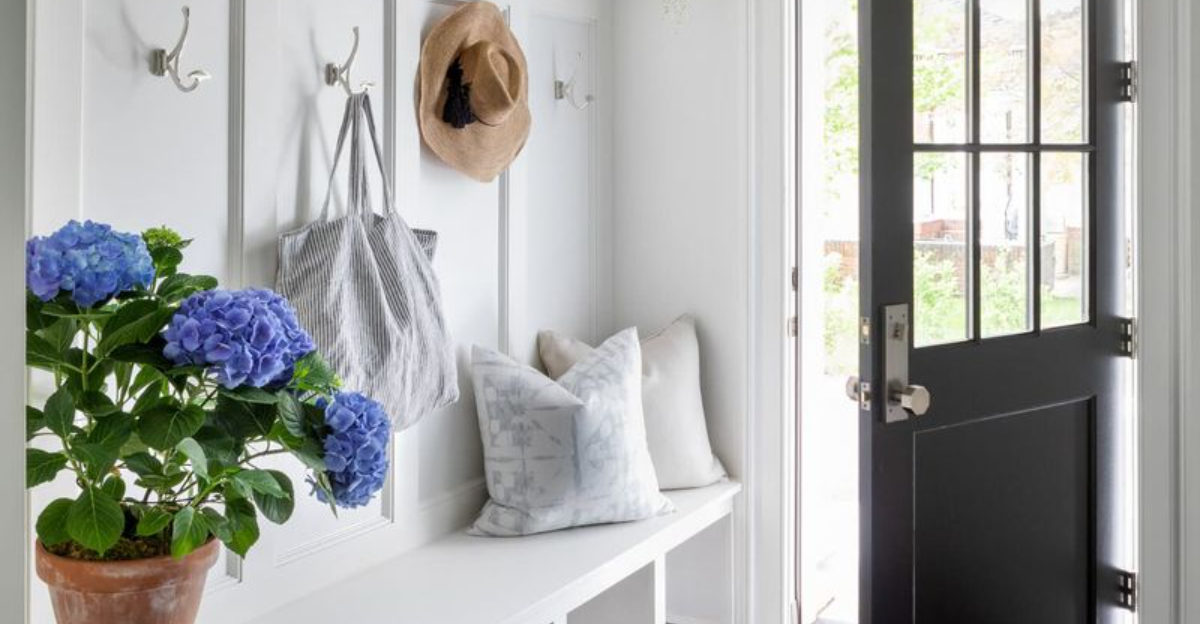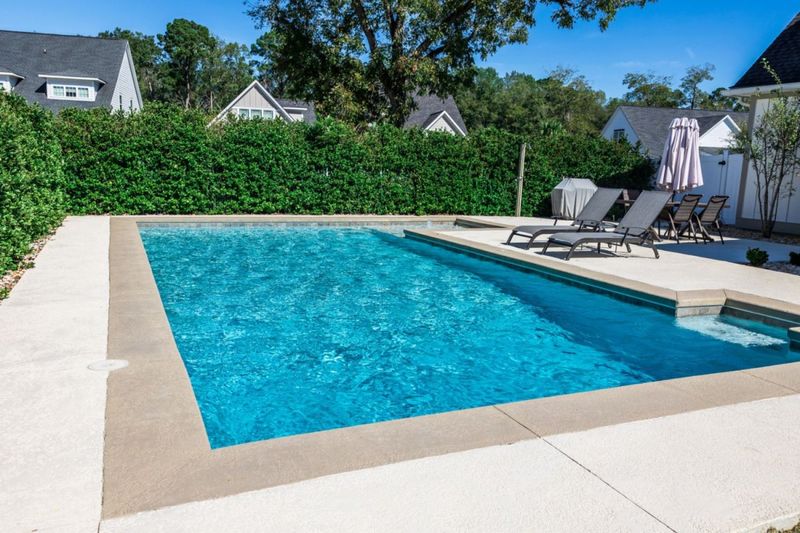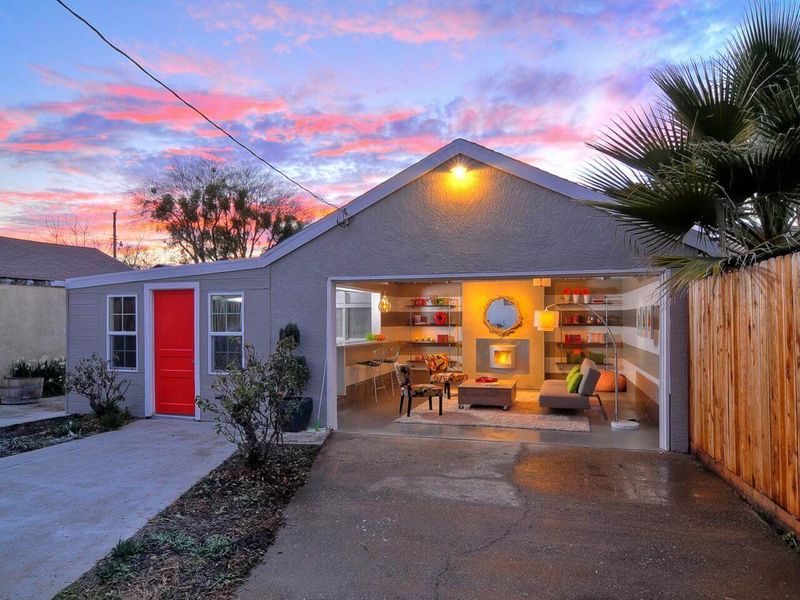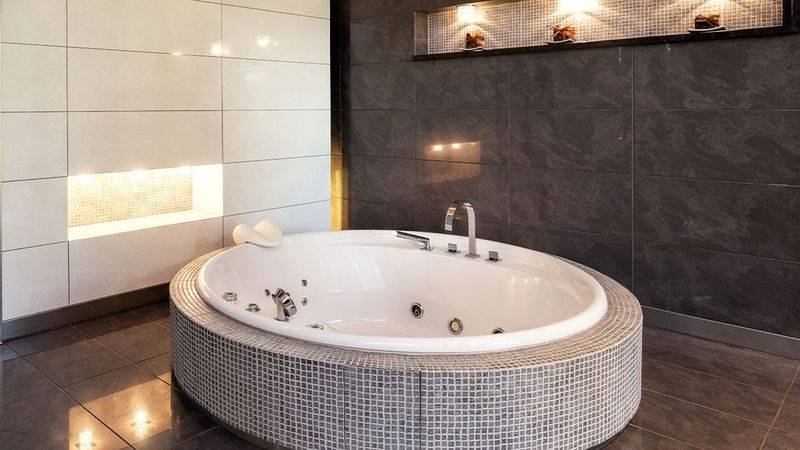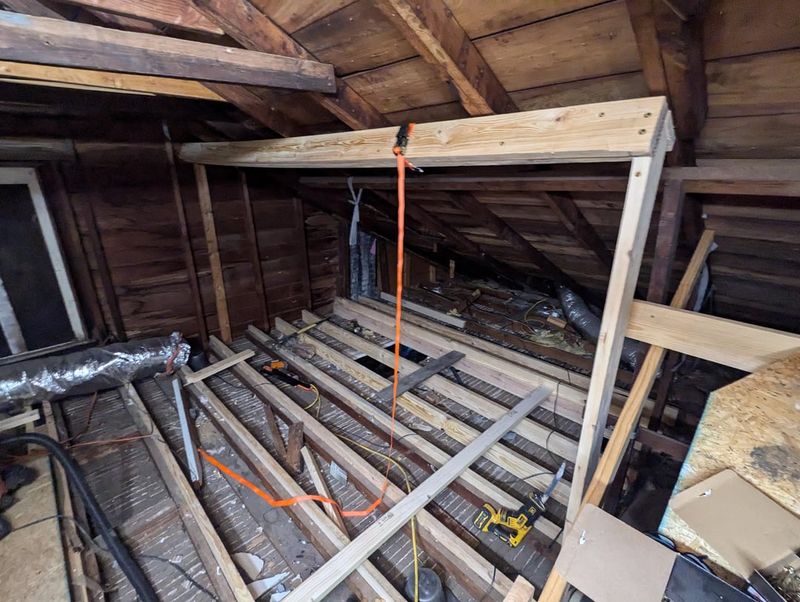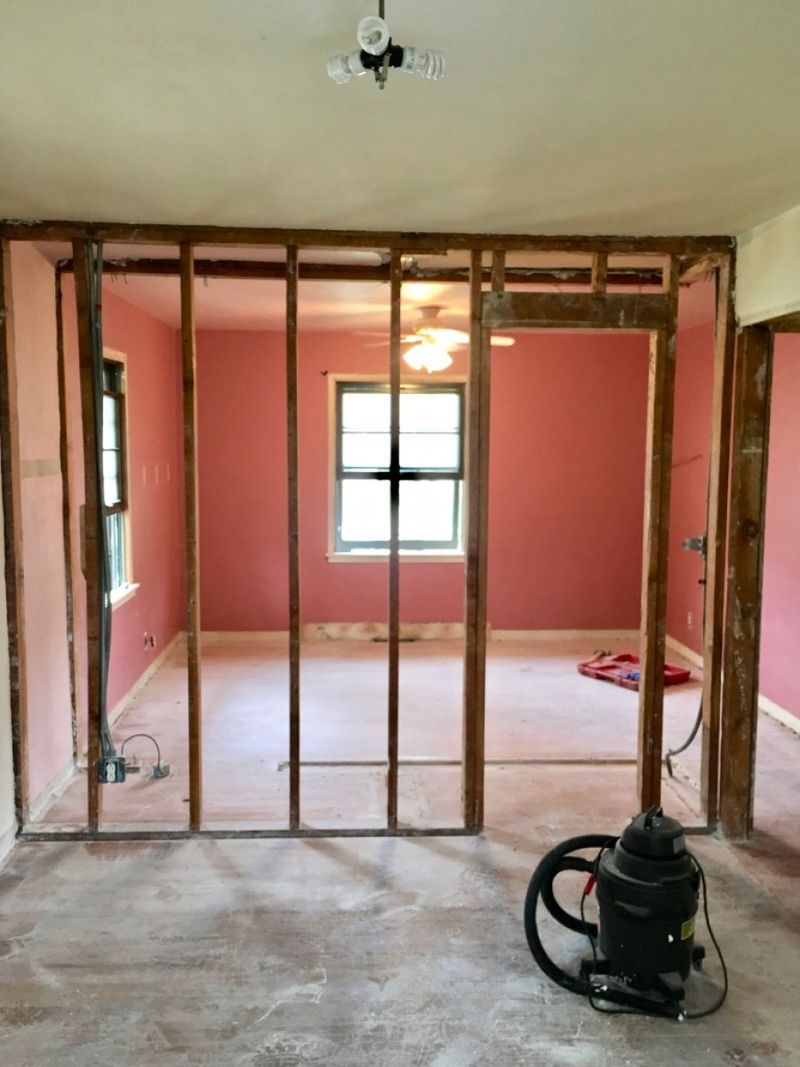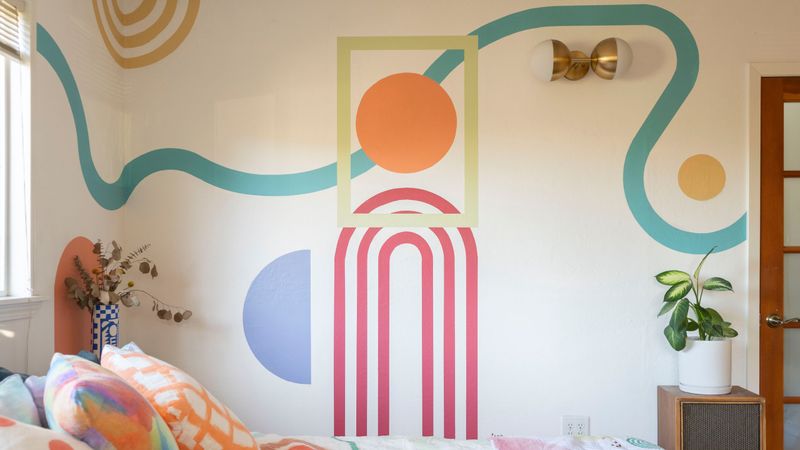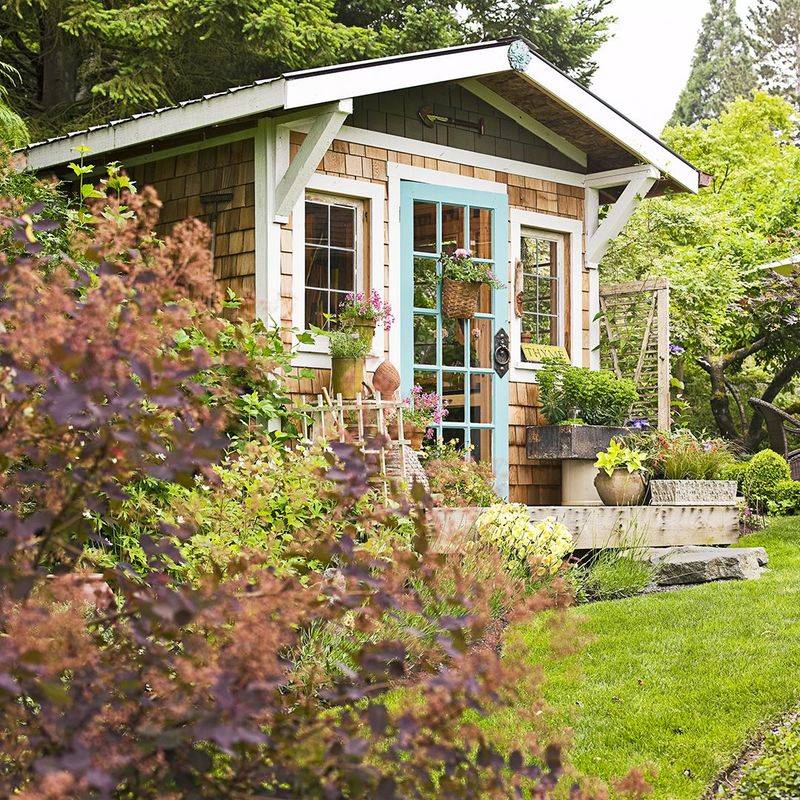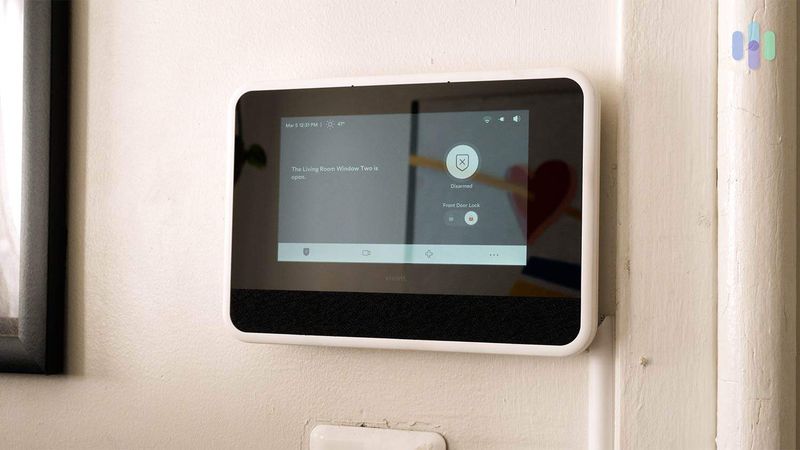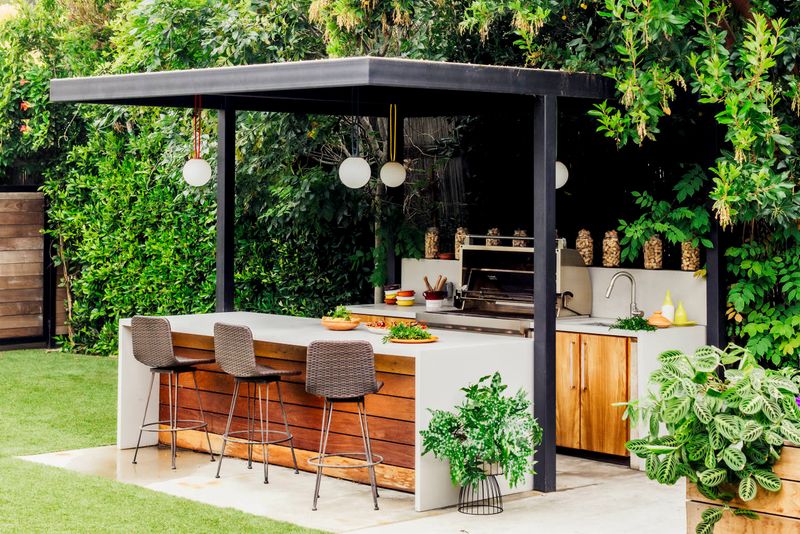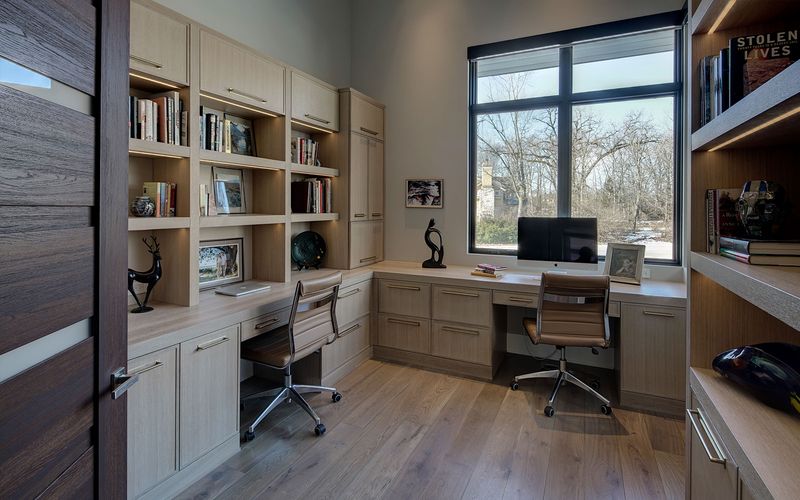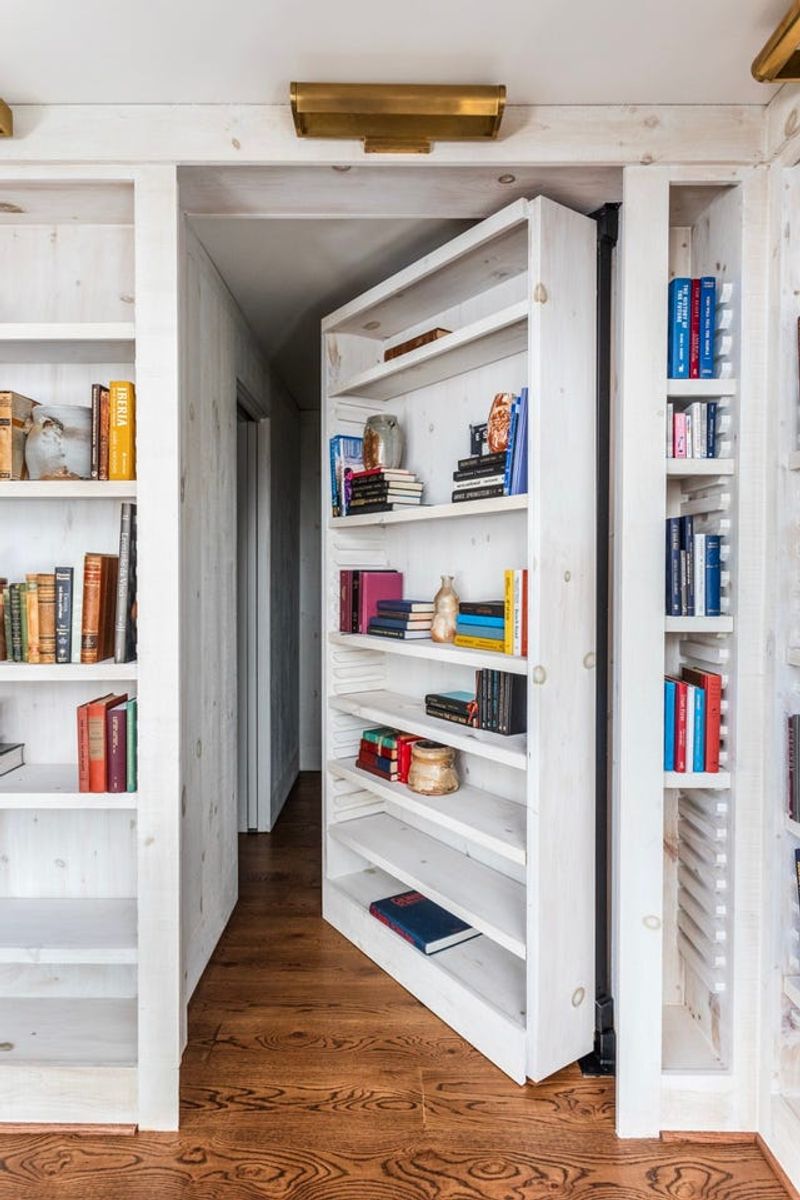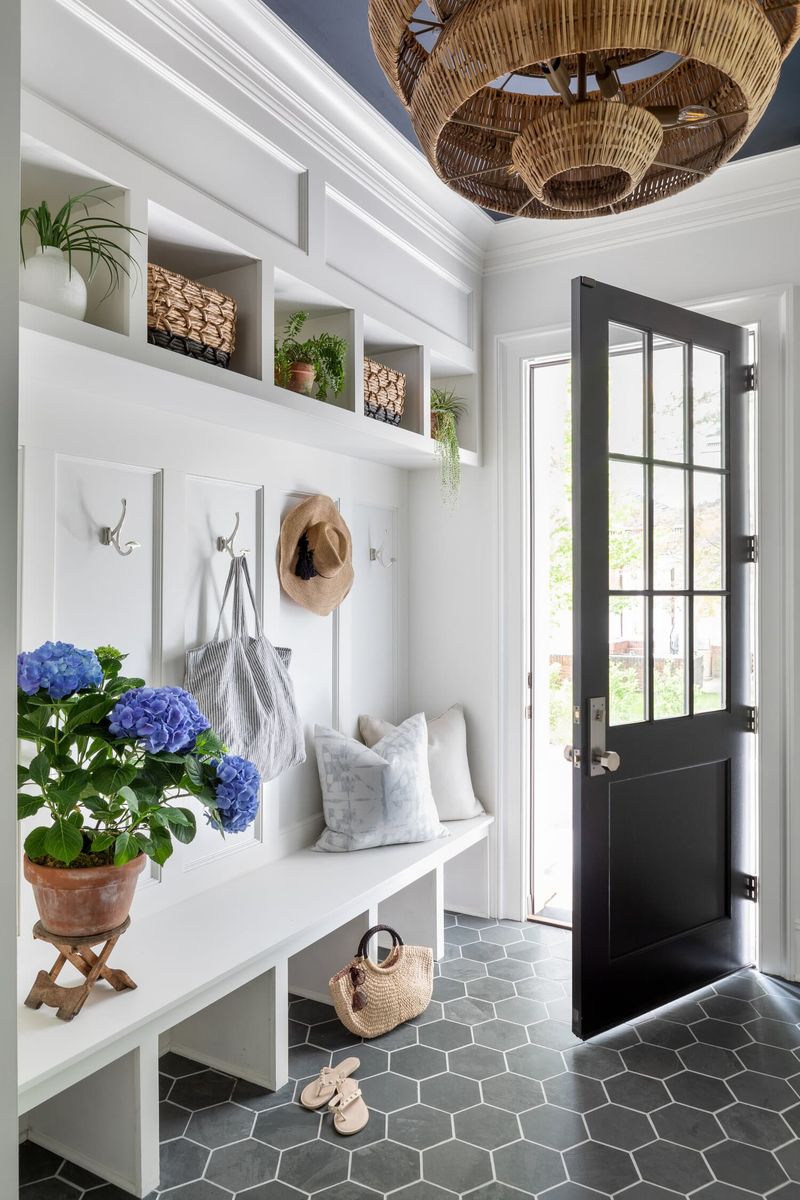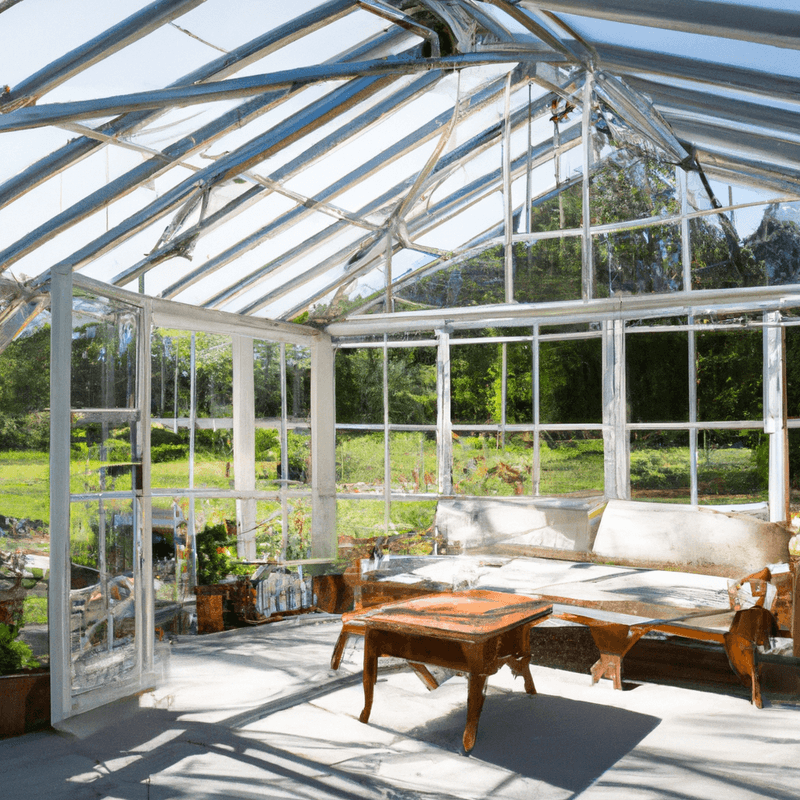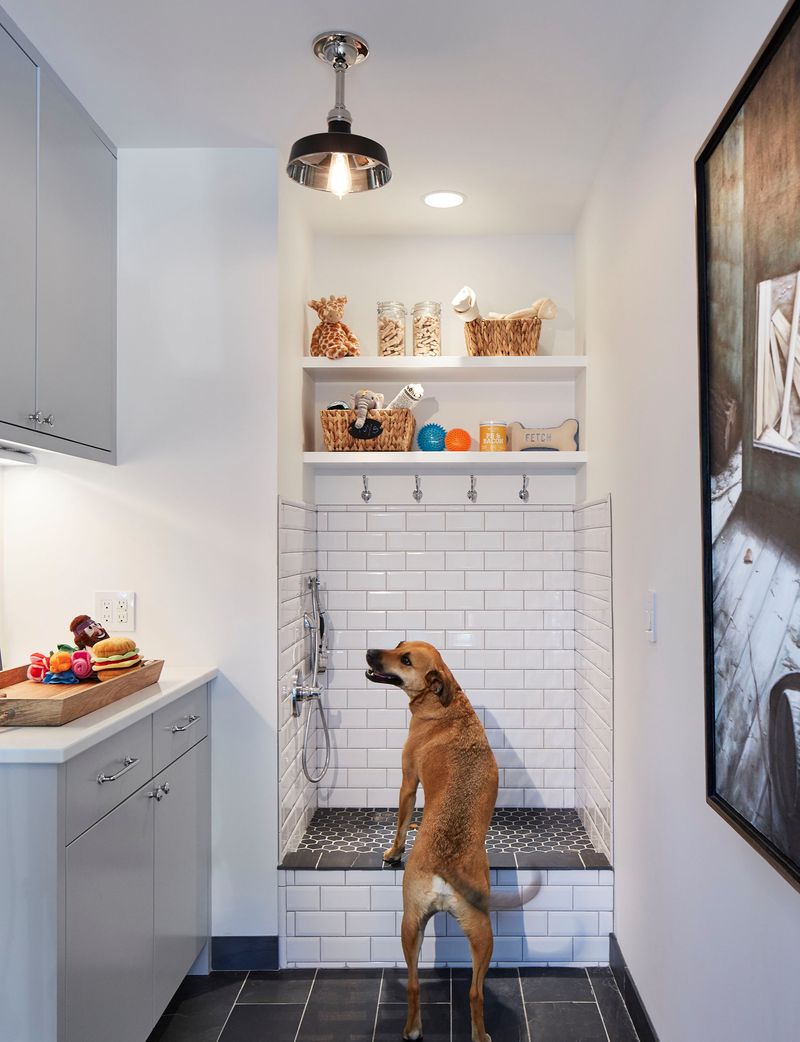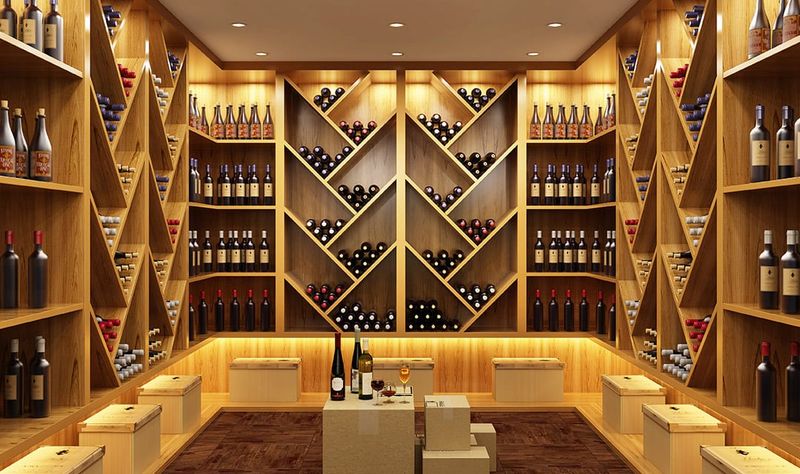Adding onto your home might seem like a guaranteed way to boost value, but not all upgrades are created equal – especially in the eyes of potential buyers.
Some additions that feel luxurious or practical to you might actually make your house harder to sell. Meanwhile, others quietly increase appeal and spark instant interest during a walk-through.
Before you invest in that sunroom or second story, it’s worth knowing which additions turn buyers off – and which ones leave them dreaming about moving in.
1. Swimming Pools That Drain Your Wallet
Money flows out of pools faster than water flows in! Maintenance costs alone can reach $5,000 annually between chemicals, heating, cleaning, and repairs.
Many house hunters see pools as dangerous liabilities, especially families with young children or pets. Insurance rates typically jump significantly when a property includes a swimming pool.
2. Garage Conversions That Eliminate Parking
Turning your garage into a home gym or extra bedroom might seem clever until you try selling your house. Where exactly will the new owners park their cars and store their seasonal decorations?
Studies show that 85% of homebuyers consider garage space a must-have feature. Without it, you’re immediately eliminating a huge chunk of potential buyers before they even step through the door.
3. Luxury Bathroom Upgrades That Overdo It
Ever walked into a bathroom with a fireplace, chandelier, and television? Extravagant bathroom renovations often scream “maintenance nightmare” to practical homebuyers.
Steam showers, whirlpool tubs, and heated floors might sound heavenly, but they frequently become expensive repair projects down the road. Specialized fixtures can be nearly impossible to replace without gutting the entire space.
4. DIY Room Additions With Amateur Quality
Nothing sends buyers running faster than spotting that telltale slope in the floor or those mismatched windows in your self-built sunroom. Amateur construction screams “inspection problems” to savvy house hunters.
Home inspectors routinely flag DIY additions for structural issues, code violations, and improper insulation. These findings can derail mortgage approvals or lead to significant price reductions.
5. Removing Bedrooms For Larger Spaces
Knocking down walls to create that palatial primary suite might feel luxurious while you’re living there, but it’s a mathematical disaster when selling. Most buyers shop by bedroom count first, filtering out your newly configured three-bedroom before ever seeing those spacious rooms.
Family demographics continue shifting toward multi-generational living arrangements requiring more separate sleeping spaces. Even couples without children often want dedicated home offices or guest rooms for visitors.
6. Highly Personalized Theme Rooms
Your Star Wars media room complete with replica cockpit seating might be your pride and joy, but it’s likely to make potential buyers mentally calculate renovation costs. Themed spaces force buyers to imagine expensive remodeling before moving in.
Wild paint colors, built-in specialized furniture, and permanent themed fixtures create immediate turnoffs. Even relatively simple themes like sports team colors or princess bedrooms can negatively impact buyer interest.
7. Backyard Buildings That Eat Up Green Space
Families with children or pets often flee from properties where sheds, workshops and guest cottages have consumed the usable yard. What good is that fancy she-shed if kids have nowhere to play?
Zoning violations frequently accompany unpermitted backyard structures, creating potential legal headaches. Many municipalities require minimum green space percentages that these additions might violate.
8. Removing Closets For Open Concepts
Sacrificing storage for that airy, open feeling might seem like a modern design choice, but buyers consistently rank storage space among their top priorities. Without adequate closets, where will they put their stuff?
Walk-in closets rank among the most desired features for master bedrooms. Removing them to create sitting areas or larger bathrooms can backfire dramatically at resale time.
1. Smart Home Integration Systems
Voice-controlled lighting, programmable thermostats, and integrated security systems have become must-haves for tech-savvy buyers. These convenient features allow homeowners to control various aspects of their living space with simple voice commands or smartphone apps.
The appeal lies in both convenience and energy efficiency. Smart homes can reduce utility bills by optimizing heating, cooling, and lighting usage based on occupancy patterns.
2. Outdoor Kitchen Oasis
Backyard cooking areas have evolved far beyond the basic grill setup. Today’s outdoor kitchens feature built-in grills, prep counters, refrigerators, and even pizza ovens that transform backyards into entertainment destinations.
Families appreciate the ability to cook while socializing outdoors during pleasant weather. The smell of grilling doesn’t linger inside the house, keeping indoor spaces fresh. Real estate professionals report that well-designed outdoor kitchens can recoup 71% of their installation cost at resale.
3. Home Office Retreat
Remote work has dramatically changed buyers’ priorities. A dedicated home office with thoughtful design elements tops many wish lists nowadays. The ideal workspace features abundant natural light, built-in storage, and sufficient electrical outlets for technology needs.
Sound insulation makes a huge difference for video calls and concentration. French doors or sliding pocket doors allow the space to be closed off during work hours while maintaining visual connection to the rest of the home.
4. Secret Bookcase Doorway
Nothing captures imagination quite like a hidden room behind a swinging bookcase! This whimsical addition appeals to both practical buyers seeking extra storage and those with a flair for the dramatic. The hidden space might conceal anything from a wine cellar to a reading nook or safe room.
Modern versions use specialized hardware that allows heavy bookcases to swing effortlessly. Motion sensors can automatically trigger subtle lighting when the door opens. Beyond the novelty factor, these spaces provide security for valuables without obvious safes.
5. Luxurious Mudroom Entry
Practical yet stylish, a well-designed mudroom creates that perfect transition between outdoors and living spaces. Custom cubbies, built-in benches, and designated storage for each family member help contain clutter that would otherwise spread throughout the home.
Durable flooring that stands up to water, mud, and salt is essential. Radiant floor heating adds a touch of luxury during cold months when removing boots or drying wet gear.
6. Greenhouse Sunroom Addition
Blending indoor comfort with outdoor connection, greenhouse-style sunrooms offer year-round enjoyment of natural light. Floor-to-ceiling windows and glass ceiling panels create a magical space for both plants and people to thrive.
Temperature-controlled environments allow for growing exotic plants or extending garden seasons. Many homeowners use these bright, airy spaces for morning coffee, yoga practice, or simply unwinding with a book surrounded by greenery.
7. Dog Washing Station
Pet owners rejoice at the sight of a dedicated dog washing area! Usually installed in laundry rooms, mudrooms, or garages, these practical stations eliminate the back-breaking struggle of bathing pets in standard tubs.
Raised platforms with steps for larger dogs make access easy. Hand-held sprayers, fur-catching drains, and nearby towel storage streamline the entire process. Waterproof wall treatments and non-slip flooring prevent damage from inevitable splashing.
8. Wine Cellar Tasting Room
Underground wine cellars have evolved into sophisticated entertainment spaces that impress guests and collectors alike. Temperature and humidity controls protect valuable collections while dramatic lighting showcases bottles as art pieces.
Modern designs incorporate tasting areas with seating for intimate gatherings. Custom racks display prized vintages alongside digital inventory systems that help track collections. Even modest-sized homes can accommodate scaled versions under staircases or in converted closets.

